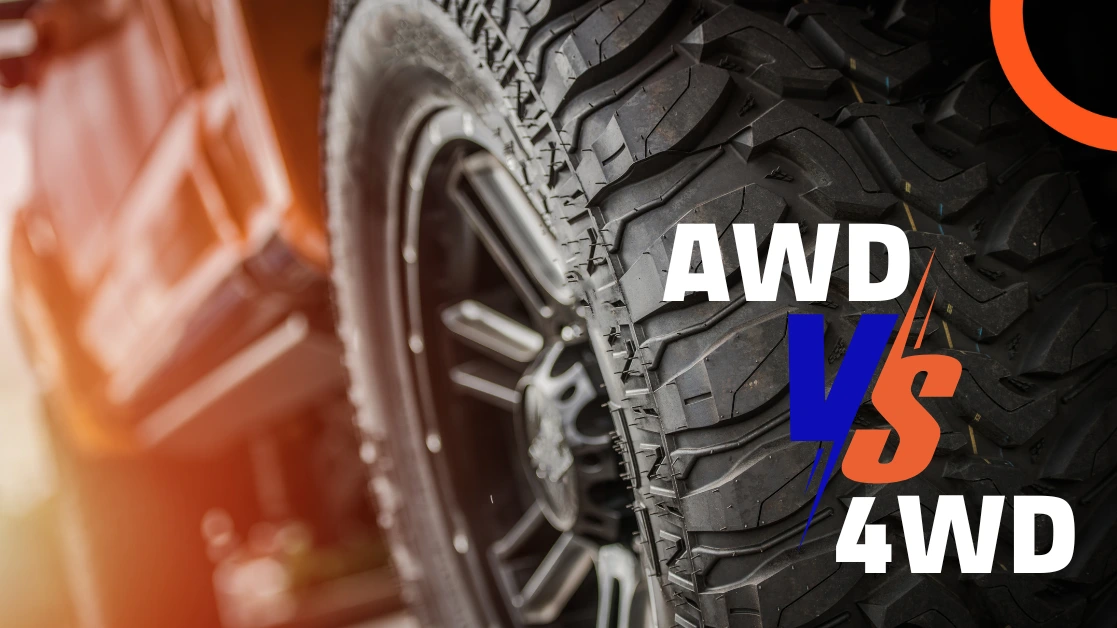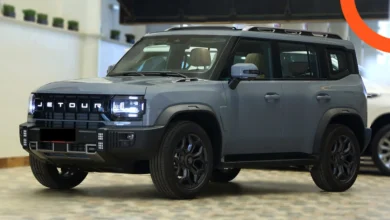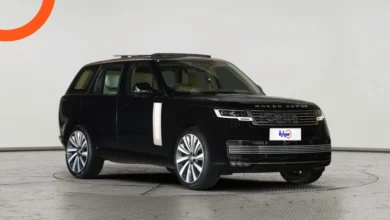AWD Vs. 4WD: Understanding the Key Differences
If you’ve ever come across the terms AWD (All-Wheel Drive) and 4WD (Four-Wheel Drive) but weren’t sure what they meant, or perhaps thought they were the same, you’re not alone. Many drivers in Saudi Arabia find these terms confusing, especially when it comes to choosing a vehicle best suited to the country’s unique road conditions and off-road terrains. Understanding the differences between AWD and 4WD is essential, as each offers distinct advantages depending on the driving environment, whether it’s city streets, sandy deserts, or rugged mountain trails. In this article, we’ll break down these systems, helping you make an informed decision on which is best for your driving needs in Saudi Arabia.
What is AWD?
All-Wheel Drive (AWD) is a technology designed to provide enhanced traction and stability on a variety of road conditions, making it particularly useful for drivers in Saudi Arabia, where terrain can vary from city streets to desert roads. Unlike traditional Four-Wheel Drive (4WD) systems, AWD is designed to automatically distribute power to all four wheels without requiring driver input, ensuring smooth handling and improved safety on slippery surfaces like rain-soaked roads. AWD systems excel in everyday driving, offering a balance of performance and fuel efficiency. Many car brands often feature AWD systems, marketing them as a safety-enhancing feature that provides extra control in challenging driving conditions.
Check Out the Best Deals Available on AWD Vehicles
What is 4WD?
Four-wheel drive (4WD) is a powerful system designed for vehicles that need to tackle tough terrain, making it a popular choice in Saudi Arabia for off-roading and desert driving. Unlike all-wheel drive (AWD), 4WD allows the driver to manually engage the system when extra traction is required, distributing power evenly to all four wheels through a transfer case. This feature is particularly useful in Saudi Arabia’s desert conditions, where navigating sand dunes or rocky paths demands maximum grip. However, 4WD should only be used in challenging environments like off-road trails or slippery conditions, as using it on normal paved roads can cause unnecessary wear to tires and vehicle components.
Check Out the Best Deals Available on 4WD Vehicles
Key Differences Between AWD and 4WD
AWD and 4WD systems serve different driving needs, especially in Saudi Arabia. AWD is ideal for urban driving and slippery roads, automatically engaging when needed for enhanced traction. In contrast, 4WD is designed for off-roading, offering manual activation and high/low-range gearing for better control on rugged terrains like deserts. AWD focuses on convenience and safety, while 4WD offers greater control for adventurous drivers.
| Feature | AWD (All-Wheel Drive) | 4WD (Four-Wheel Drive) |
|---|---|---|
| Function | Power is automatically distributed to all four wheels to improve traction. Ideal for varying road conditions like rain or sand. | Power is manually or automatically sent to all four wheels, especially suited for tough off-road driving like deserts and mountains. |
| Best Use in Saudi Arabia | Ideal for city driving, highways, and mild desert conditions. Handles well on paved roads, sandy highways, and in occasional rain. | Preferred for off-road adventures in the deserts, dunes, and mountainous regions of Saudi Arabia. Excellent for exploring rugged terrains. |
| Operation | Full-time system that works automatically without driver intervention. | Can be full-time or part-time. Part-time 4WD systems require manual activation for off-road conditions. |
| Popular Vehicle Types | Common in sedans, crossovers, and SUVs used primarily for city driving (e.g., Toyota RAV4, Nissan X-Trail). | Mostly found in SUVs and trucks used for off-roading or heavy-duty purposes (e.g., Toyota Land Cruiser, Nissan Patrol). |
| Fuel Efficiency | More fuel-efficient, making it practical for daily commutes and long highway trips across the country. | Less fuel-efficient due to heavier systems and greater power, but necessary for serious off-road driving. |
| Performance in Saudi Terrain | Good for driving on paved roads, gravel, and light sand. Performs well on Saudi highways and light desert areas. | Superior for challenging terrain such as deep desert dunes, rocky paths, and wadi crossings common in Saudi Arabia. |
| Driver Involvement | Minimal involvement; the system adjusts automatically based on road conditions. | Requires manual control in part-time systems when driving off-road or in extreme conditions. Full-time 4WD systems are automatic but more complex. |
| Maintenance and Cost | Generally less expensive and requires less maintenance, suitable for city drivers. | More expensive and requires regular maintenance for off-road vehicles, but essential for those who frequently go off-roading. |
| Popularity in Saudi Arabia | Gaining popularity in urban areas for family-friendly SUVs and crossovers. | Highly popular among adventurers and off-road enthusiasts who explore the desert and rugged landscapes. |
Which is Better for Saudi Drivers?
For Saudi drivers, the choice between AWD and 4WD depends on their driving needs and the country’s diverse terrain. AWD (All-Wheel Drive) suits those who primarily drive in cities or on highways, providing better traction in everyday conditions, such as wet or sandy roads, which are common in some areas of Saudi Arabia. It’s a reliable option for drivers looking for enhanced control without the need for off-roading capabilities. However, 4WD (Four-Wheel Drive) is ideal for those who frequently drive in rugged environments, like deserts or mountains, offering superior off-road performance and handling. Given Saudi Arabia’s expansive desert regions and the popularity of outdoor adventures, many drivers may find 4WD to be the better option for tackling challenging terrain, while AWD remains a solid choice for urban and light off-road use.
Advantages of AWD in Saudi Arabia
- Improved Traction: AWD delivers power to all four wheels, enhancing grip and stability on various road surfaces, including sandy, wet, or uneven terrains common in Saudi Arabia.
- Enhanced Control: AWD provides better vehicle control in diverse driving conditions, such as urban roads, highways, or rough terrains, ensuring smoother and safer driving experiences.
- Fuel Efficiency: AWD systems are typically more fuel-efficient than 4WD, offering better fuel economy while maintaining reliable performance in different environments.
- Versatility: AWD is suitable for both city driving and off-road conditions, making it ideal for Saudi drivers who navigate between urban and desert landscapes.
- Safety in Variable Weather: AWD improves safety during occasional wet or slippery road conditions, such as during rainfall, by distributing power evenly for a more stable driving experience.
Advantages of 4WD in Saudi Arabia
- Enhanced Off-Road Capabilities: Perfect for navigating desert dunes, rocky landscapes, and steep inclines.
- Stability and Control: Provides better handling and control on rough terrains such as sand or gravel.
- Towing Strength: Ideal for towing heavy loads or equipment, particularly useful for outdoor trips or professional needs.
- Safety in Extreme Conditions: Offers improved stability and safety during flash floods or extreme weather, ensuring a safer driving experience.
Popular AWD and 4WD Models in Saudi Arabia
AWD Cars
4WD Cars
In summary, AWD is best for city driving and occasional off-road use, providing stability with power to all wheels, while 4WD is ideal for Saudi Arabia’s rugged terrains, offering more control for off-road adventures. The choice depends on your specific needs, whether for daily comfort or off-road capability.





